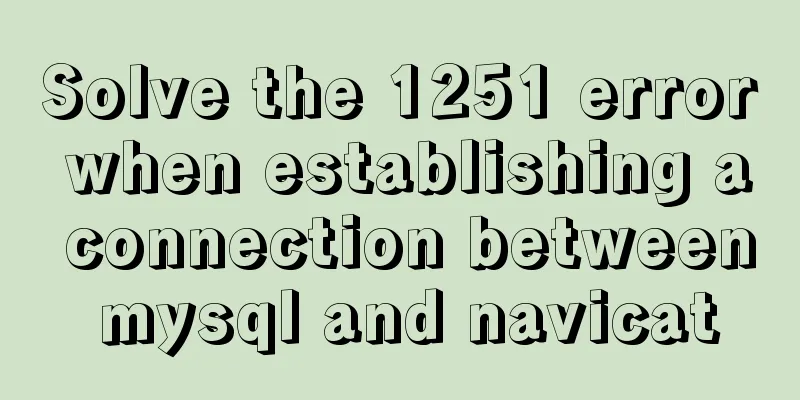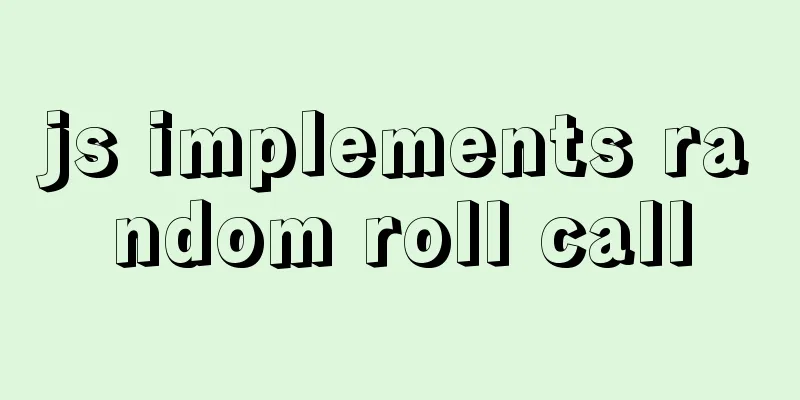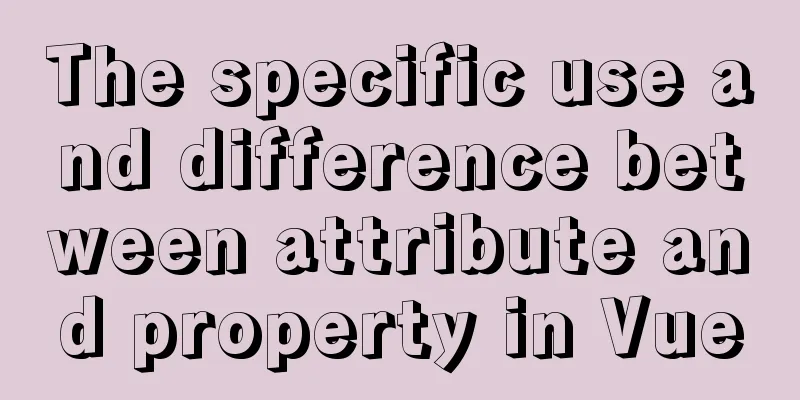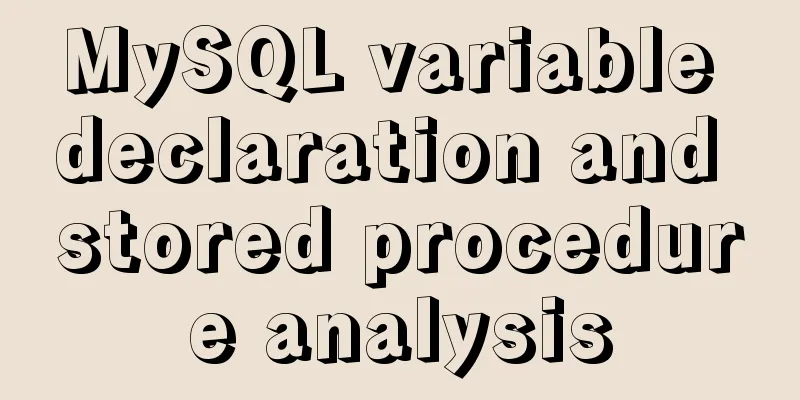W3C Tutorial (14): W3C RDF and OWL Activities
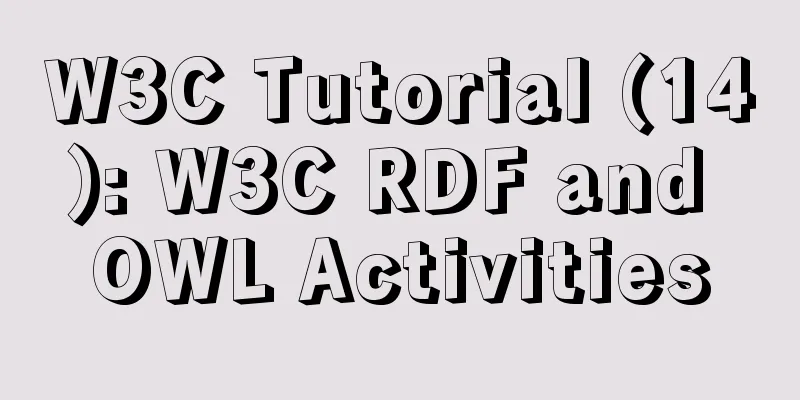
|
RDF and OWL are two important semantic web technologies. RDF and OWL are two important semantic web technologies. Semantic Web The Semantic Web is a framework for asset management, enterprise integration, and sharing and reuse of networked data. The Semantic Web provides a platform- and software-independent framework for sharing data between enterprises, applications, companies, groups, and individuals. RDF and OWL are key technologies of the Semantic Web. They elaborate on structured description and Web-based ontologies respectively. RDF - Resource Description Framework RDF is a language for expressing information on the World Wide Web. RDF can be used to describe web resources, such as title, author and version information, content description, availability schedule, and so on. If you need to learn more about RDF, visit our RDF tutorial. OWL - Web Ontology Language OWL is a language for defining ontologies. Ontologies describe domains of knowledge. Can be used by humans or software to share information about objects, which can be cars, houses, machines, books, products, financial transactions, and so on. OWL is designed to be used for processing information (rather than real information). If you need to learn more about OWL, visit our RDF tutorial. SPARQL - a query language for RDF SPARQL is a standard query language for RDF data, which provides developers with a way to write RDF information query programs across a wide range of WEB. W3C Specifications and Timelines | specification | Draft/Proposal | recommend | RDF Primer February 10, 2004 RDF Test Cases February 10, 2004 RDF Concept February 10, 2004 RDF Semantics February 10, 2004 RDF Schema February 10, 2004 RDF Syntax February 10, 2004 OWL Overview February 10, 2004 OWL Guide February 10, 2004 OWL Reference February 10, 2004 OWL Syntax February 10, 2004 OWL Test Cases February 10, 2004 OWL Use Cases February 10, 2004 Parsing OWL in RDF January 21, 2004 SPARQL Requirements March 25, 2005 SPARQL Language January 15, 2008 W3C Reference
|---|
<<: Detailed analysis of Vue child components and parent components
Recommend
React's context and props explained
Table of contents 1. context 1. Usage scenarios 2...
How to use vue-video-player to achieve live broadcast
Table of contents 1. Install vue-video-player 2. ...
W3C Tutorial (13): W3C WSDL Activities
Web Services are concerned with application-to-ap...
Introduction to common commands and shortcut keys in Linux
Table of contents 1 System Introduction 2 System ...
JS ES new features template string
Table of contents 1. What is a template string? 2...
How to implement second-level scheduled tasks with Linux Crontab Shell script
1. Write Shell script crontab.sh #!/bin/bash step...
Implementation method of Mysql tree recursive query
Preface For tree-structured data in the database,...
Complete steps to install mysql5.7 on Mac (with pictures and text)
I recently used a Mac system and was preparing to...
How to view and clean up Docker container logs (tested and effective)
1. Problem The docker container logs caused the h...
MySQL permission control details analysis
Table of contents 1. Global level 2. Database lev...
Analysis of the use of the MySQL database show processlist command
In actual project development, if we have a lot o...
Time zone issues with Django deployed in Docker container
Table of contents Time zone configuration in Djan...
Object.entries usage you don't know in JavaScript
Table of contents Preface 1. Use for...of to iter...
How to install MySQL 8.0 database on M1 chip (picture and text)
1. Download First of all, I would like to recomme...
Detailed explanation of MySQL high availability architecture
Table of contents introduction MySQL High Availab...
